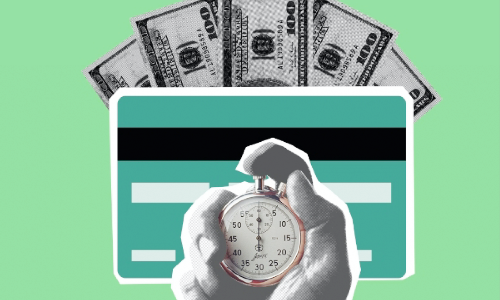A new payment method was just introduced in Switzerland. This summer, banks will have to implement a new standard for payment traffic that is as expensive as it is radical. finews.com looks at the challenges.
1. What is «Instant Payments» and its promise?
«Instant Payments» require a financial transaction between two parties to be completed within 10 seconds. This represents a radical acceleration from requirements in force in Switzerland. Currently, if a payment is recorded in e-banking, it is processed overnight or within two days. In EU countries, Instant Payments are implemented via the SEPA system as part of the PSD2 financial directive, which came into force in 2019.
2. What are the most important functions from the customer's point of view?
Payments are initiated digitally via e- and mobile banking. In general, e-banking will be enhanced by the new standard, which enables payments between one user account to another, or a request to pay from merchants. Anyone using the Swiss payment app Twint is already familiar with this.
Classic payment terminals in retail stores will be replaced by QR codes and new forms of contactless payments. In all likelihood, Instant Payments promise a quantum leap in terms of user-friendliness and availability.
3. Who benefits from the new standard?
The EU had consumers in mind with its PSD2 consumer protection directive. Among other features, payments need to be available at any time of day or night, 24/7 and 365 days a year and be processed in real-time.
In addition to priority introduction at banks, Instant Payments will be implemented in Switzerland as an account-to-account payment method in retail as well as in e-commerce, potentially bringing retailers a massive reduction in transaction fees compared to credit- and debit cards.
«Transaction costs for retail merchants could drop by factors in the process. But it must be remembered it is still the customer that chooses which payment method to use, thereby determining which fee structure is incurred by the merchant,» David Frei tells finews.com. Frei advises banks and companies on payment issues at Big Four consulting firm Deloitte and worked for several years for the French payment specialist Worldline, which bought the payment division from the Swiss stock exchange operator SIX in 2018. With this background, he is very familiar with Swiss payment systems.
On the other hand, the benefits for the financial industry are less tangible. As a first step, the implementation of Instant Payments will lead to up-front costs and create new realities for the highly profitable card businesses of banks. Still, opportunities exist in the design of banking products and services and the cross-selling of services.
4. Is Instant Payments voluntary?
In European countries, the EU Commission is monitoring the new standard. In Switzerland, the Swiss National Bank (SNB) commissioned the SIX subsidiary SIC to implement it. Unlike Open Banking, which is being pushed as a market initiative in Switzerland, Instant Payments and the associated payment standard SIC5 are mandatory.
Starting August 2024, all banks operating in Switzerland and processing over 500,000 payments per year must be able to receive payments according to the new standard. The industry can then tackle the sending of instant payments as a second step.
5. What are the costs for banks?
For the changeover to the SIC4 payment standard and the new payment slip with QR code, which was completed last year, the consulting firm Deloitte had forecast around 600 million Swiss francs for banks alone. Frei also assumes high costs for the change to SIC5 and the associated introduction of instant payments. «Considerable expense for the banking industry is to be expected,» he says.
6. Is there enough time to reach the deadline?
The timeline to implement the new standard is aggressive, says Frei. In cooperation with SIX's payment traffic subsidiary SIC, the onboarding of banks for the integration process has just begun. Considering the change to the new payment slip was worked on intensively from 2016 until 2022, the challenge for those involved is formidable.
7. Will the new standard put the neo-banks out of business?
Instant Payments improves the usability of e-banking solutions, allowing established financial institutions to gain ground on the offerings of their fintech competitors. New providers have to consider how and where they can find business areas beyond payment functions.
It is too early for bankers to breathe a sigh of relief since they are threatened by a competitive shift to new areas. The more nimble fintechs know how to exploit a significant advantage. They have newer technology platforms adaptable to the new standards much faster than the banks' legacy systems. Neobank Revolut, also active in Switzerland, has been offering instant payments in euros on the European SEPA system since 2020.
8. Is it the end of Twint?
The Twint payment app from Swiss banks recently reached the milestone of 5 million users, making it a force to be reckoned with in the payments sector. To build on this success, it is pushing ahead with building a platform of offerings. If successful, Twint won't have to fear the new standard all that much. To be sure, Instant Payments will make the most familiar features of Twint such as account-to-account payments, payment requests, and transfers via QR code, widely available. And in real-time.
9. And what about the profitable card business?
Over the medium term, Frei sees an inflection point for the card business, which is often highly profitable for banks. If customers use account-to-account payments when shopping in retail stores or via e-commerce in the future, the resulting fee income for banks will decrease. Cards, now increasingly virtual or single-use cards, remain popular with customers, especially in conjunction with a smartphone wallet.




































